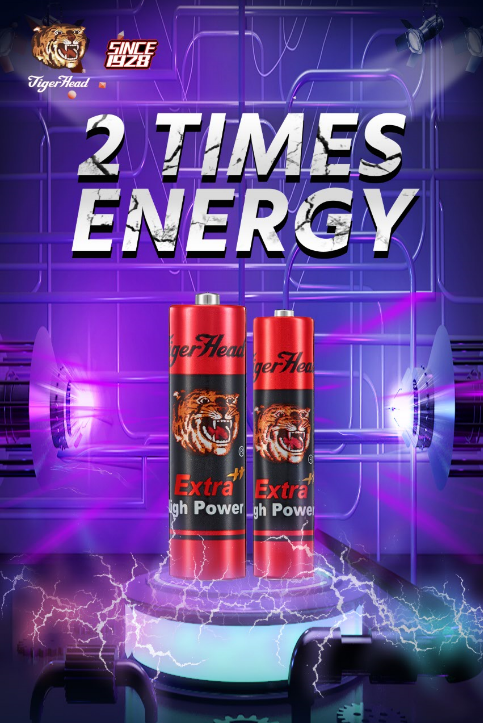Structure Analysis of Carbon-zinc Battery
The full name of carbon battery should be carbon-zinc battery (because its positive electrode is generally carbon rod and negative electrode is zinc skin), also known as zinc-manganese battery, is the most common dry battery, it has the characteristics of low price and safe and reliable use. Carbon batteries are not only suitable for flashlights, semiconductor radios, tape recorders, cameras, electronic clocks, toys, etc., but also in various fields of the national economy such as national defense, scientific research, telecommunications, navigation, aviation, and medicine. In this article, we will walk through the structural principles of carbon-zinc battery.
● Positive electrode material: MnO2, graphite rod
● Negative electrode material: Zinc plate
● Electrolytes: NH4Cl, ZnCl2 and starch paste
The battery symbol can be expressed as (-) Zn|ZnCl2, NH4Cl (paste) ‖MnO2|C (graphite) (+)
● Negative electrode: Zn-2e-=Zn²+
● Positive electrode: 2MnO2+2NH4++2e=Mn2O3+2NH3↑+H2O
● Overall reaction: 2Zn+2MnO2+2NH4+=2Zn2++Mn2O3+2NH3+H2O
The electromotive force of the zinc-manganese carbon battery is 1.5V. Due to the generated NH3 gas is MnO2 Adsorption, causing the electromotive force to drop faster. If the highly conductive paste KOH is used instead of NH4Cl, the positive electrode material is changed to a steel cylinder, and the MnO2 layer is close to the steel cylinder to form an relatively stable alkaline zinc-manganese dry battery. Carbon battery belongs to the primary battery in chemical power supply. It is a disposable battery. It uses manganese dioxide as the positive electrode and zinc cylinder as the negative electrode to convert chemical energy into electrical energy to supply external circuits. In the chemical reaction, since zinc is more active than manganese, zinc loses electrons and is oxidized, and manganese gains electrons and is reduced.








